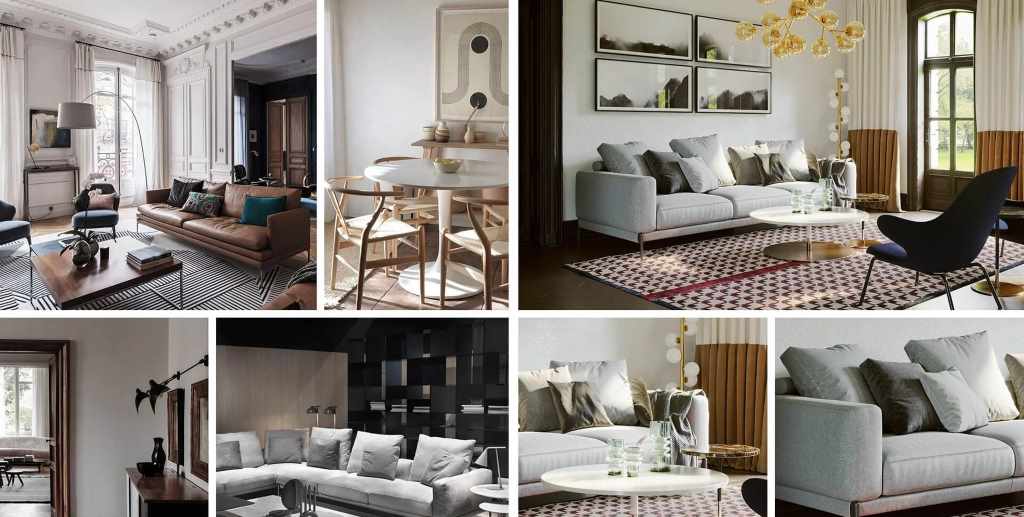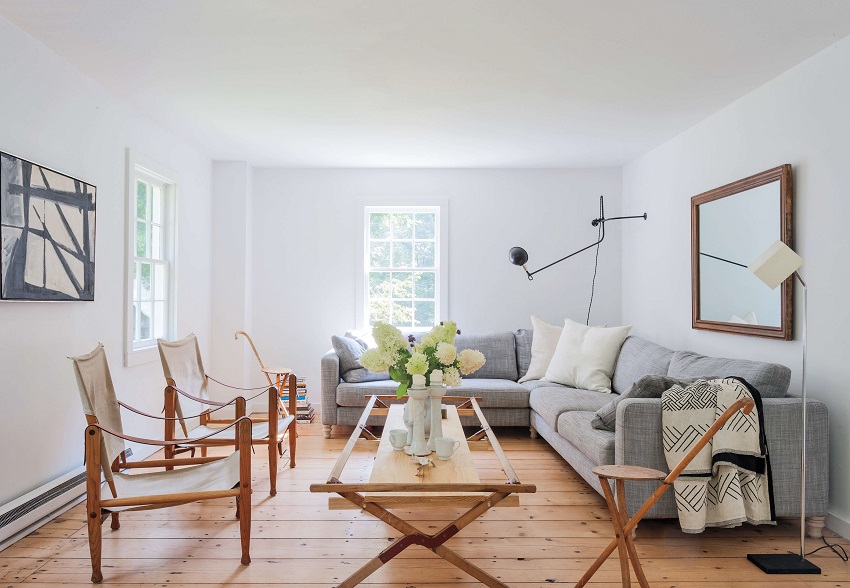The art of 3D interior rendering has evolved into a powerful tool for architects, designers, and real estate professionals to captivate their audience. But beyond simply visualizing a space, truly stunning 3D interior renderings evoke emotions, tell a story, and leave a lasting impression. Let’s delve into the secrets behind creating these remarkable visuals.
1. The Power of Concept and Storytelling
Before diving into software, establish a clear concept for your rendering. What atmosphere do you want to create? Cozy, luxurious, minimalist? Define the narrative that your space will tell. Every element, from furniture to lighting, should contribute to this central theme, enhancing the overall impact. Additionally, ensure that these design choices prioritize home safety to maintain a secure environment for all occupants.
2. Meticulous Modeling and Attention to Detail
The foundation of a convincing rendering lies in meticulous 3D modeling. Go beyond basic shapes and focus on intricate details – the subtle curves of furniture, the texture of fabrics, even the grain of wood. Accurate modeling adds a layer of realism that elevates your work from ordinary to extraordinary.
3. The Artistry of Lighting and Shadows
Lighting isn’t just about illumination; it’s about sculpting your scene with light and shadow. Experiment with natural and artificial light sources to create depth, drama, and warmth. Master the interplay of soft and harsh shadows to give your rendering a lifelike quality.
4. Textures That Come Alive
Textures are the unsung heroes of 3D rendering. They breathe life into your surfaces, making them tactile and believable. Use high-resolution textures, but don’t overdo it. Balance the use of different textures to create visual interest without overwhelming the eye.
5. Mastering Composition and Camera Angles
Think of your rendering as a photograph. Compose your scene thoughtfully, using the rule of thirds and other composition techniques to guide the viewer’s eye. Choose camera angles that showcase the most captivating features of your design while maintaining a natural perspective.
6. The Magic of Post-Production
Post-production is where your rendering truly shines. Adjust colors, contrast, and sharpness to create a polished look. Add subtle effects like depth of field and lens flares to enhance realism. However, avoid excessive editing that detracts from the authenticity of your work.
7. Harness the Power of People and Props
Populate your rendering with people to add scale and a sense of life. Choose figures that complement your design and pose them naturally. Strategically placed props, like books on a table or a vase of flowers, infuse personality and realism into your scene.
8. Beyond Stillness: Incorporating Animation
Take your rendering to the next level with animation. Subtle movements, like flickering candlelight or gently swaying curtains, inject dynamism and create a captivating experience for the viewer.
9. Stay Ahead of the Curve with Emerging Trends
The world of 3D rendering is constantly evolving. Stay informed about the latest software, techniques, and trends. Experiment with new tools like virtual reality (VR) to offer immersive experiences that transport clients directly into your designs.
10. Collaborate and Seek Feedback
Don’t work in isolation. Collaborate with other artists and designers to gain fresh perspectives and insights. Share your work with trusted colleagues and mentors to receive constructive feedback that can elevate your renders to new heights.
Crafting Unforgettable Experiences
In the realm of 3D interior renderings, the possibilities are boundless. By embracing these expert tips and infusing your work with creativity, technical skill, and storytelling, you’ll create stunning visuals that not only impress but also transport viewers into unforgettable experiences.




